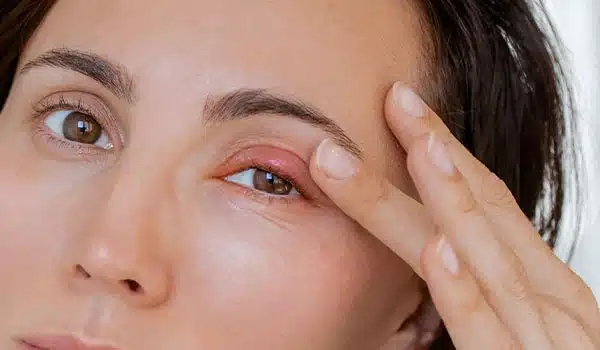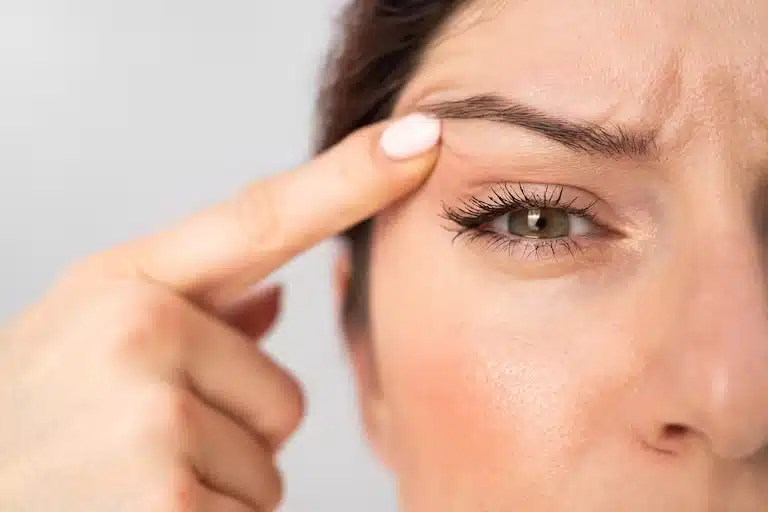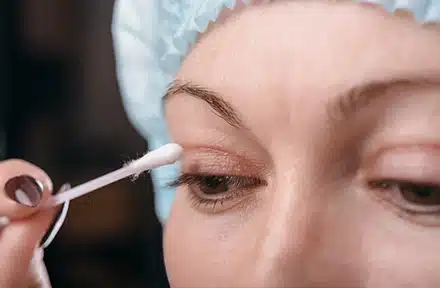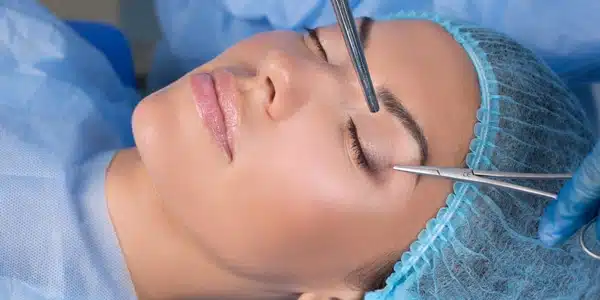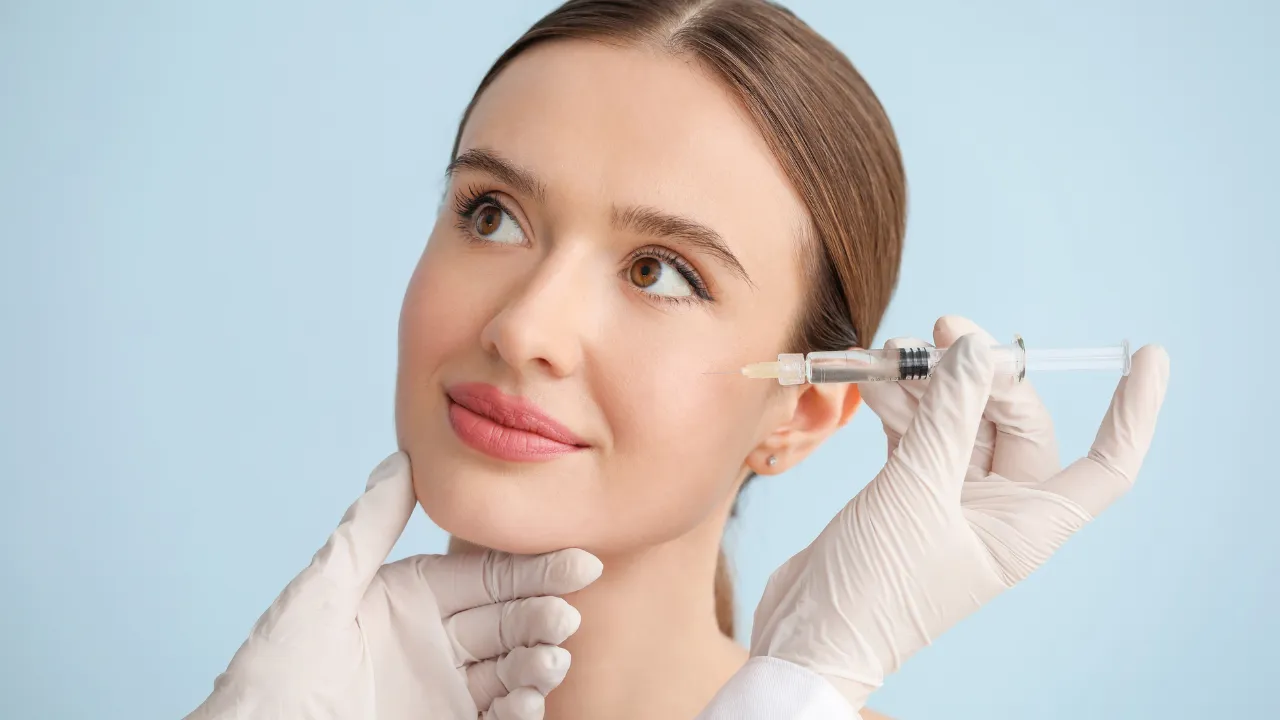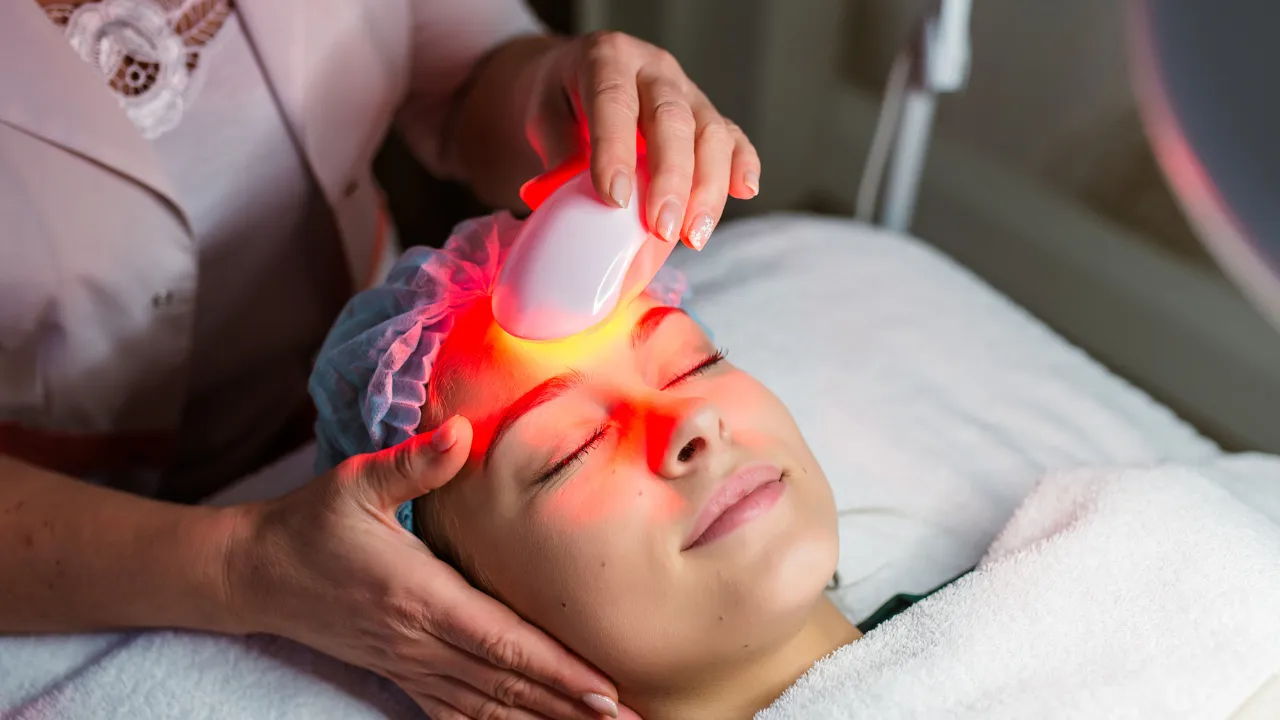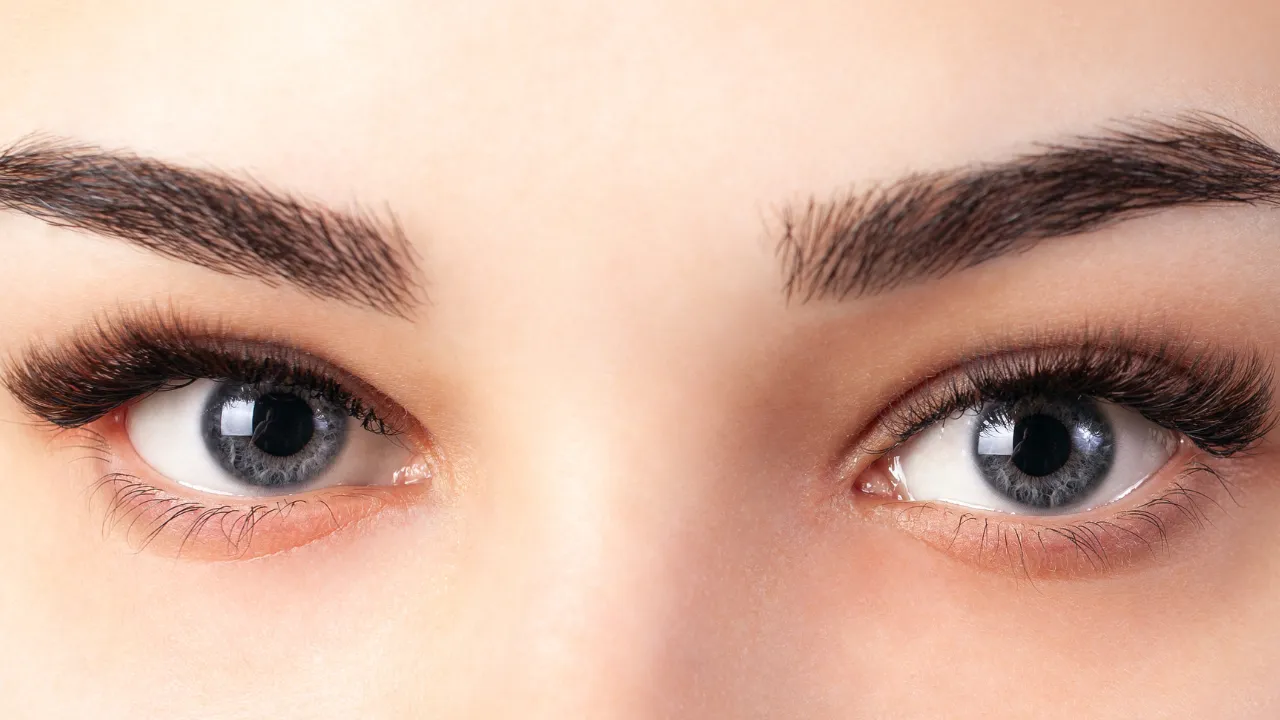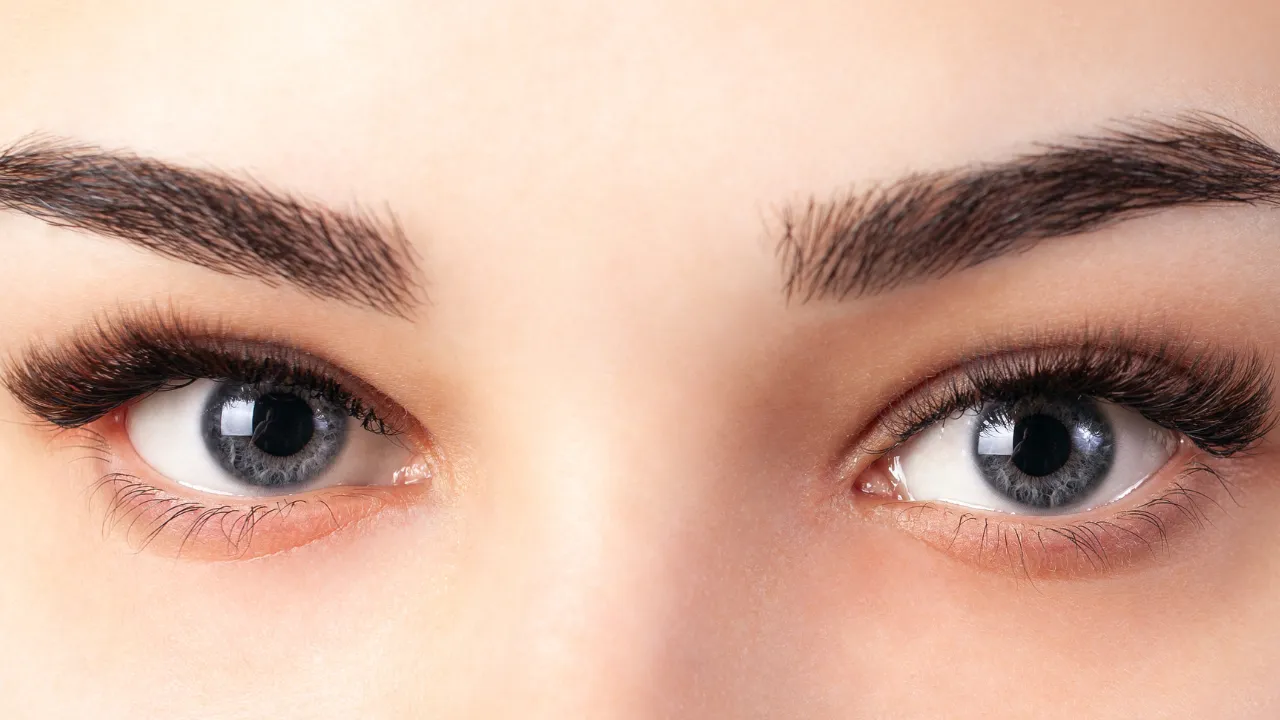Purple Eyelids: Why Is My Eyelid Purple?
A purple eyelid may seem minor, but it can signal an underlying condition. At Kopelman Aesthetic Surgery, Dr. Joel Kopelman provides expert evaluation and care to help patients understand and treat this common concern.
Table of Contents
ToggleUnderstanding Purple Eyelids
What does it mean when eyelids turn purple?
Purple eyelids can resemble bruising and are often caused by changes in blood vessels, trauma, or inflammation.
Why does my eyelid look bruised?
This may be due to broken capillaries under the skin, allergies, or minor trauma.
Can purple eyelids appear for no reason?
Some cases occur spontaneously, especially in individuals with sensitive or thin skin.
Are purple eyelids linked to illness or COVID?
Yes, viral infections like COVID-19 may trigger vascular changes affecting the skin, including the eyelids.
Common Early Signs
- Discoloration that resembles a bruise
- Mild swelling or tightness
- Changes in eyelid texture or skin tone
Purple eyelids can stem from various causes, some minor and others more serious. While it may not always require urgent care, identifying the cause is important.
Some people notice eyelids turning purple without pain or injury. In others, the color change is sudden and linked to trauma or illness. In rare cases, purple eyelids may be a symptom of an autoimmune condition like dermatomyositis, where a heliotrope eyelid rash develops.
Causes of Eyelid Discoloration
Heliotrope eyelid rash and autoimmune issues
This purplish rash is commonly associated with dermatomyositis, a rare autoimmune disorder.
Trauma, crying, or broken blood vessels
Frequent crying or rubbing can lead to bruising or visible veins.
Infections like blepharitis
Inflammation along the eyelid margin may cause redness, swelling, or discoloration.
Veiny or dark upper eyelids
Vein visibility increases with age and thinning skin.
Purple eyelids in babies, toddlers, and adults
In infants, it may be due to birth-related pressure or circulation. In adults, it often relates to lifestyle or chronic conditions.
Medical vs. Cosmetic Causes
- Medical causes: autoimmune conditions, infections, trauma
- Cosmetic causes: aging, vein visibility, lifestyle-related discoloration
Swelling, Tenderness, and Sudden Spots
Swollen or tender purple eyelids: Causes & signs
These may result from an allergic reaction, blocked gland, or localized infection.
Sudden purple spot on the eyelid
Usually caused by broken blood vessels or minor trauma.
When to worry about symptoms
Seek care if symptoms persist, worsen, or interfere with vision.
A purple swollen eyelid may be alarming, especially if accompanied by pain or vision changes. If the swelling worsens or affects your ability to open your eye, medical attention is necessary.
Sometimes, a sudden purple spot appears on the eyelid due to a ruptured blood vessel or a bug bite. These usually heal on their own, but any persistent or spreading discoloration should be evaluated.
Swelling with tenderness might also point to a chalazion or an internal stye. If you notice tenderness when touching your upper eyelid, apply a warm compress and monitor for changes.
What a Purple Eyelid Can Reveal About Your Health
A purple eyelid can sometimes be more than a surface issue. In rare cases, it may point to an underlying condition like vasculitis, orbital cellulitis, or even blood clotting disorders.
Signs to Watch For
- Persistent pain or heat around the eye
- Headaches or vision changes
- Discoloration that spreads beyond the eyelid
In these cases, your eyelid may reflect internal inflammation or vascular problems.
Diagnosis and Evaluation
What doctors look for
Doctors assess color, swelling, pain, and the patient’s medical history.
Common questions during checkups
You may be asked about recent infections, fatigue, muscle weakness, or other systemic symptoms.
Tests used to identify the cause
Evaluations may include physical exams, blood tests, imaging, and autoimmune panels.
Diagnostic Steps
- Physical examination of the eyelid and surrounding area
- Patient history review including immune-related symptoms
- Possible use of imaging and blood tests
If you’re wondering, “Why is my eyelid purple?” A proper diagnosis begins with an eye exam. A provider will assess the color, swelling, texture, and related symptoms.
Dr. Kopelman emphasizes understanding patient history, including recent illness or injury. In some cases, tests may be needed to rule out autoimmune disorders or vascular concerns. Evaluations also consider risk factors like age, genetics, and immune system conditions.
Patients with a heliotrope rash may undergo evaluation for dermatomyositis, as it can indicate broader systemic involvement. The diagnosis of dermatomyositis often includes identifying symptoms such as difficulty swallowing, fatigue, and muscle weakness. Common symptoms of dermatomyositis also include skin rashes, joint pain, and sensitivity to sunlight.
Juvenile dermatomyositis, a form that affects children, presents similar skin and muscle symptoms but often requires long-term follow-up. Interstitial lung disease may also develop as a complication. Both genetic and environmental factors are believed to influence who develops dermatomyositis, though the exact cause is still unknown.
When to Seek Emergency Care for a Purple Eyelid
Most purple eyelids are not emergencies, but seek immediate care if you experience:
- Sudden vision loss or severe eye pain
- Swelling that spreads to the cheek or forehead
- High fever with eyelid discoloration
- Inability to move the eye or eyelid
These may indicate orbital cellulitis or other serious infections. If in doubt, it’s better to get checked.
Treatments and Relief
At-home remedies for mild cases
- Applying a cold compress
- Avoiding eye rubbing or makeup use
- Elevating your head during sleep
Medical treatment options
- Antibiotic or steroid creams for infection
- Immunosuppressants for autoimmune cases
Red eyelids: How to reduce irritation
Use warm compresses and clean eyelids gently. Avoid irritants.
Managing long-term discoloration
Cosmetic procedures or topical treatments may help. In some cases, patients may also seek treatment for scars on eyelids, especially if the discoloration is accompanied by raised or visible marks from past injuries or surgeries.
If the cause is autoimmune, such as a heliotrope eyelid rash, treatment may involve corticosteroids or immunosuppressants. Dr. Kopelman often collaborates with dermatologists and rheumatologists to ensure comprehensive care. Physical therapy may also help manage muscle inflammation.
Common Questions
Can stress cause purple eyelids?
Stress may worsen underlying inflammation, but it is rarely a direct cause.
Are purple eyelids permanent?
Most cases resolve, but chronic discoloration may require treatment.
Should I be concerned if only one eyelid is affected?
Yes, especially if it’s painful, swollen, or affects vision.
Other Concerns Patients Ask
- What if the discoloration worsens?
- Could medications be the cause?
- Can lifestyle changes reduce recurrence?
If you notice persistent or worsening symptoms, seek professional evaluation. Dr. Joel Kopelman and his team provide detailed assessments and treatment plans tailored to each patient’s needs.
At Kopelman Aesthetic Surgery, patient care is rooted in precision, experience, and trust. Whether you’re concerned about eyelid discoloration or exploring cosmetic options, expert help is available. Schedule a consultation today.

